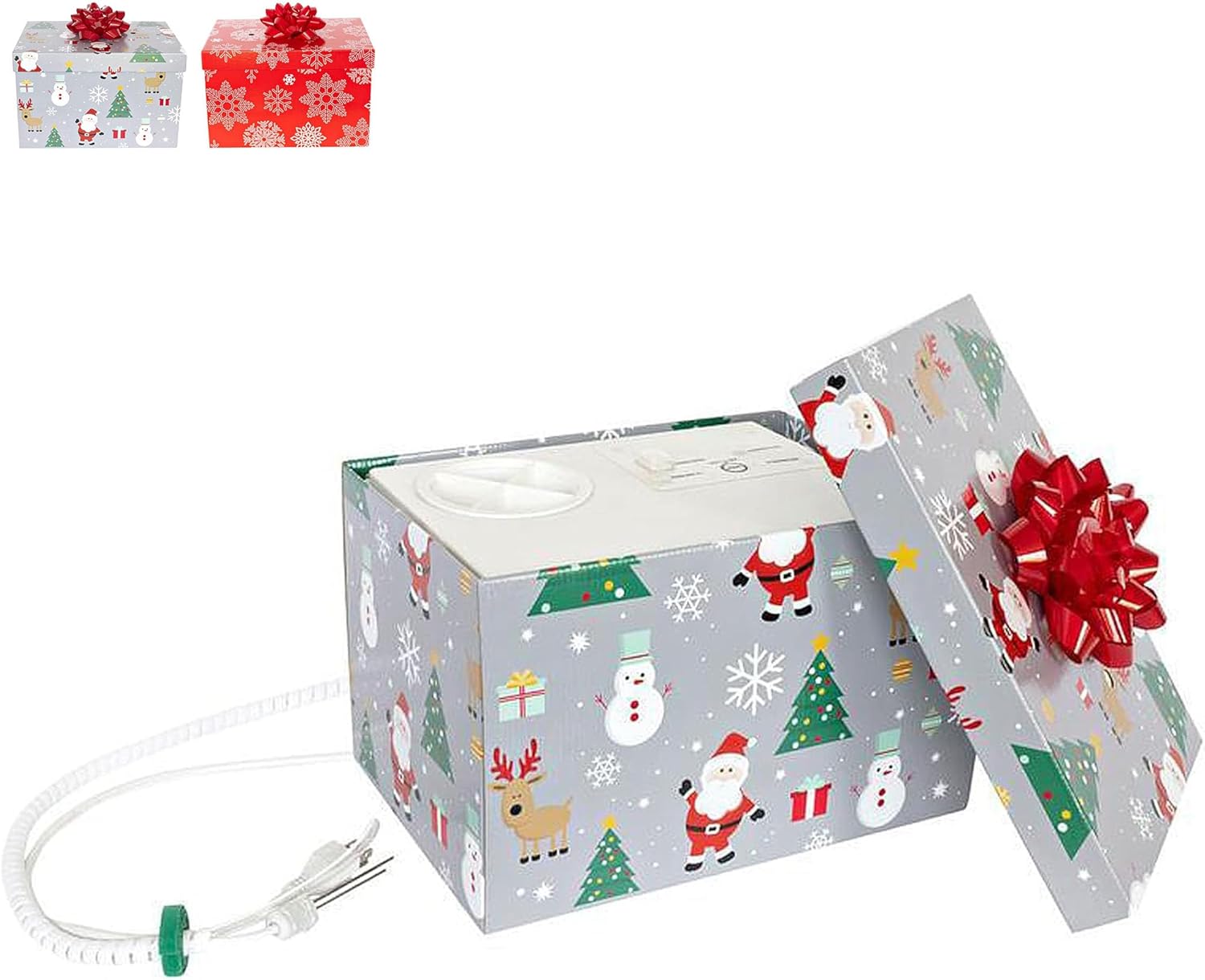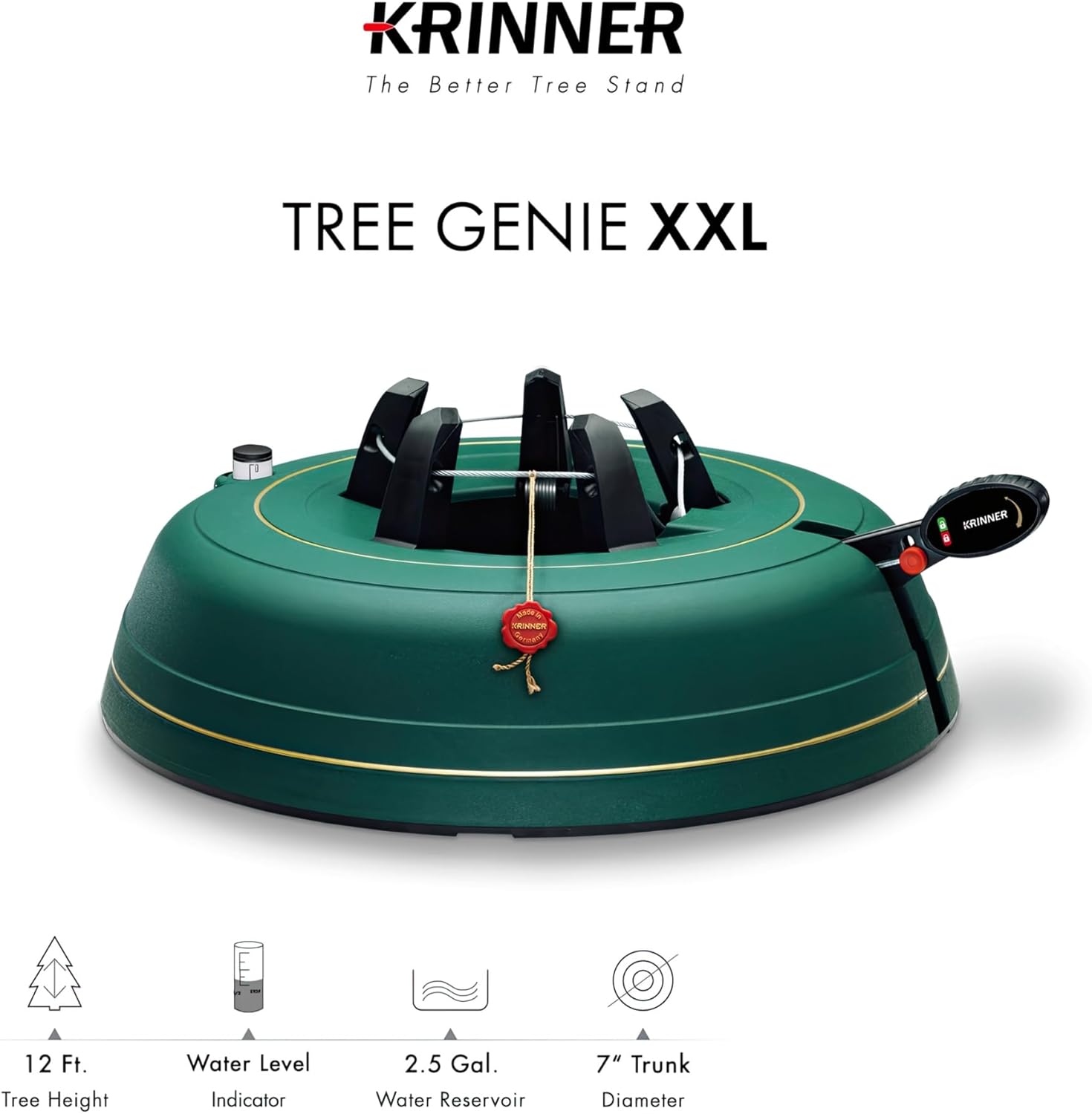Firefighters Warn This Live Christmas Tree Mistake Can Be Deadly – Follow This Simple Rule to Keep Your Home Safe
Don't let neglected care turn your holiday centerpiece into an accelerant. Find out how keep your tree safe, and when it's absolutely time to take it down.
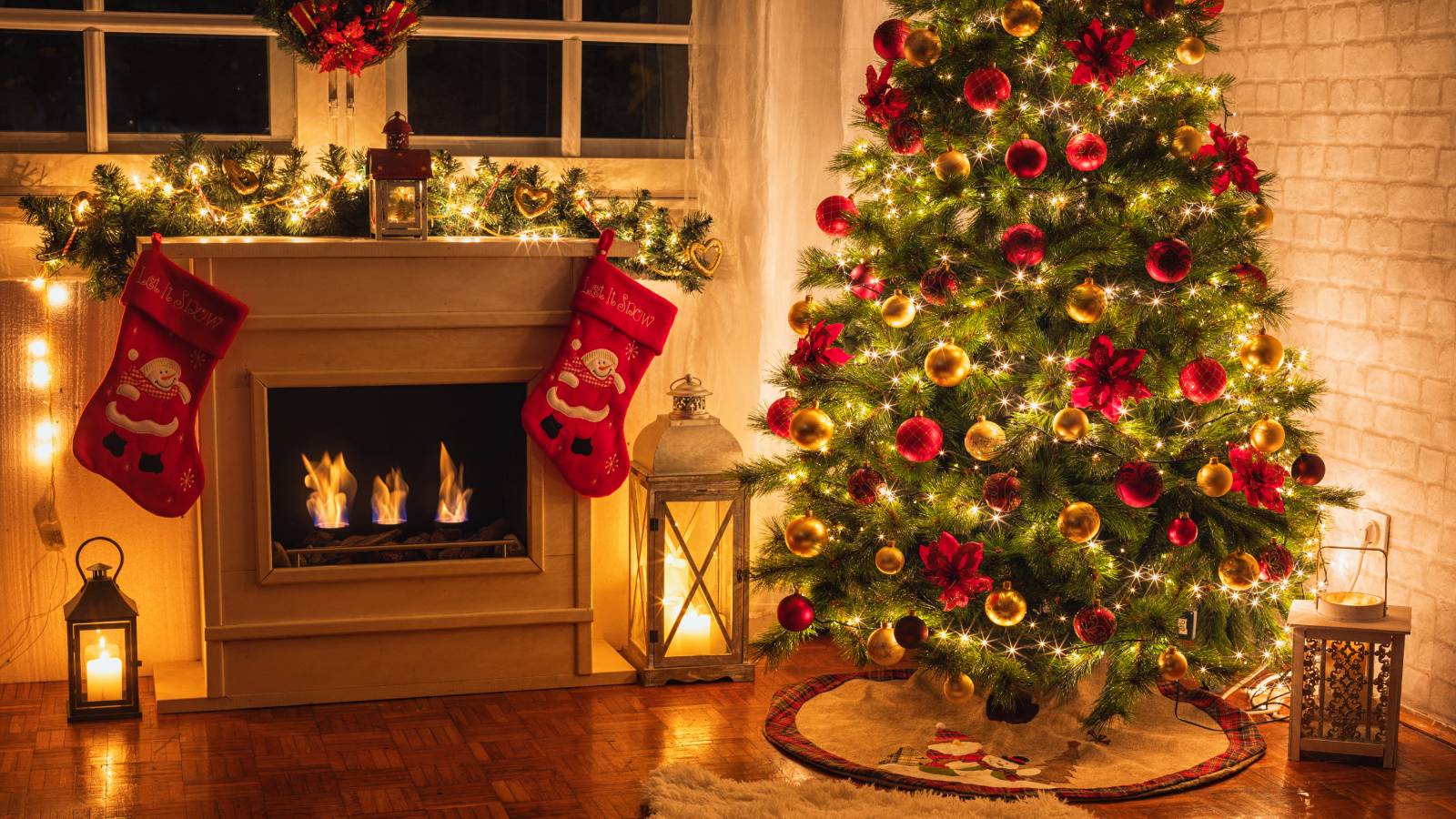

A Christmas tree fire can start with one overlooked detail. Dryness creeps in fast, sap seals over, and water stops flowing. How do Christmas trees catch fire? Heat meets tinder – old bulbs spark, or a heater bakes the base.
Burning Christmas tree videos shock every year, but most stem from simple slips. Christmas tree problems often tie back to dryness or heat sources gone wrong. A Christmas tree on fire isn’t fate – just neglected care.
The Real Reasons Real Christmas Trees Catch Fire
Cut trees still get thirsty after harvest. Sap hardens quickly, sealing the trunk and reducing water flow. Moisture drops quick, needles turn brittle – prime fuel. The tree sits quiet, a hidden accelerant dressed in holiday green.
1. Dryness
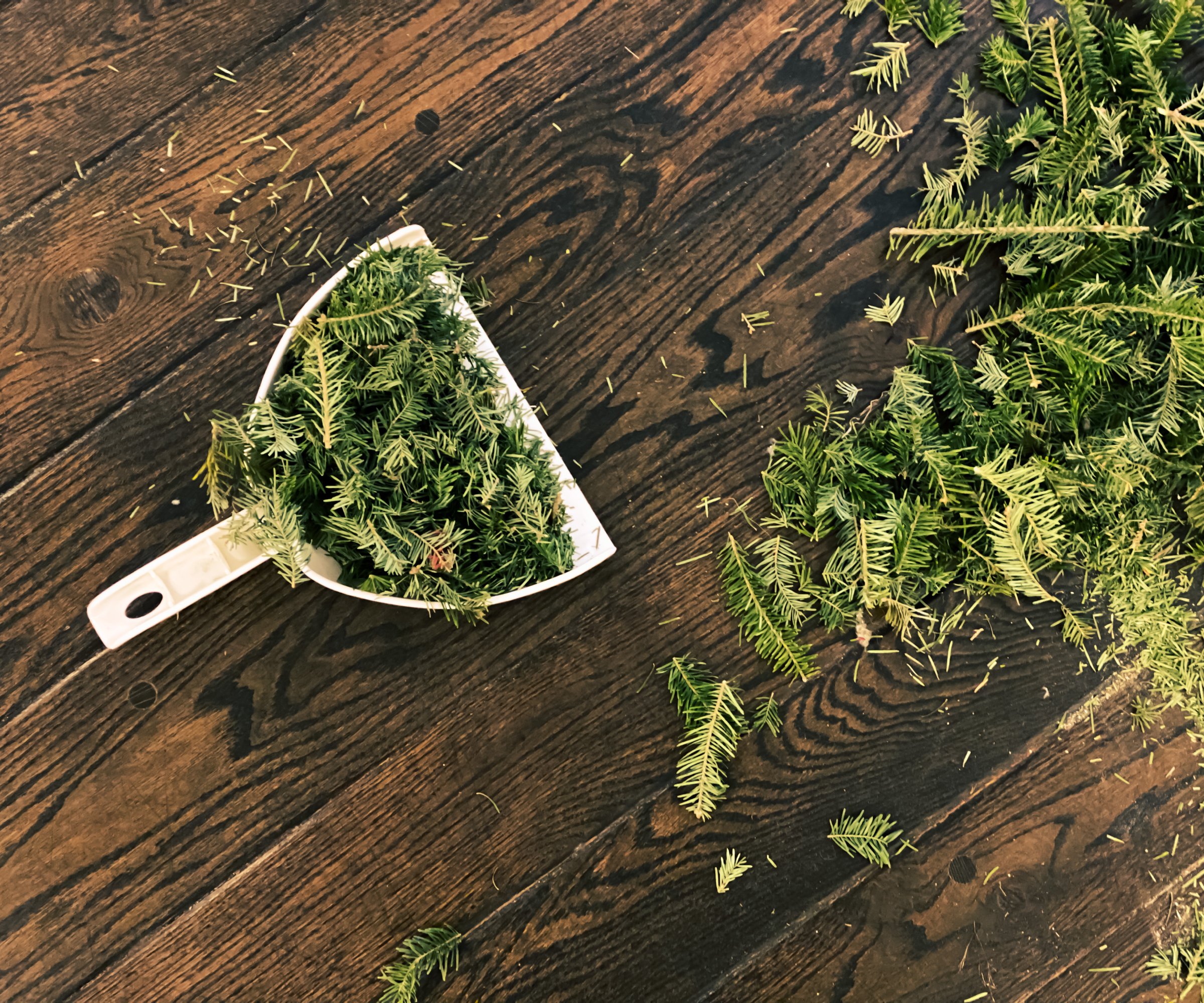
The first week indoors, a Christmas tree can gulp a gallon a day, easily. Skip a day, and the pores that usually take up water start to close. Thirst unmet, bark splits, scent fades, and the fire risk climbs. The base turns into a wick waiting for a match. By day ten, a tree left unwatered can flash like paper in 30 seconds – needles drop, branches sag, and the whole thing crumbles at a touch.
2. Old or Damaged Lights

Frayed cords spark. Hot incandescents bake branches. One loose bulb arcs, and ignites dry tips. A $10 string can cost you thousands in smoke damage. Those mini-lights from the attic? Check every plug; a single cracked socket hides corrosion that shorts when it gets warm.
3. Open Flames or Heat Sources
Whether it’s a candle’s flicker, or heater’s blast, three feet feels safe – until a draft leans the flame. Vents dry lower limbs at a rapid rate. A single ember can ride the updraft straight to the topper. Even a space heater on low radiates enough to crisp the nearest branch quickly.
4. Not Watering Enough
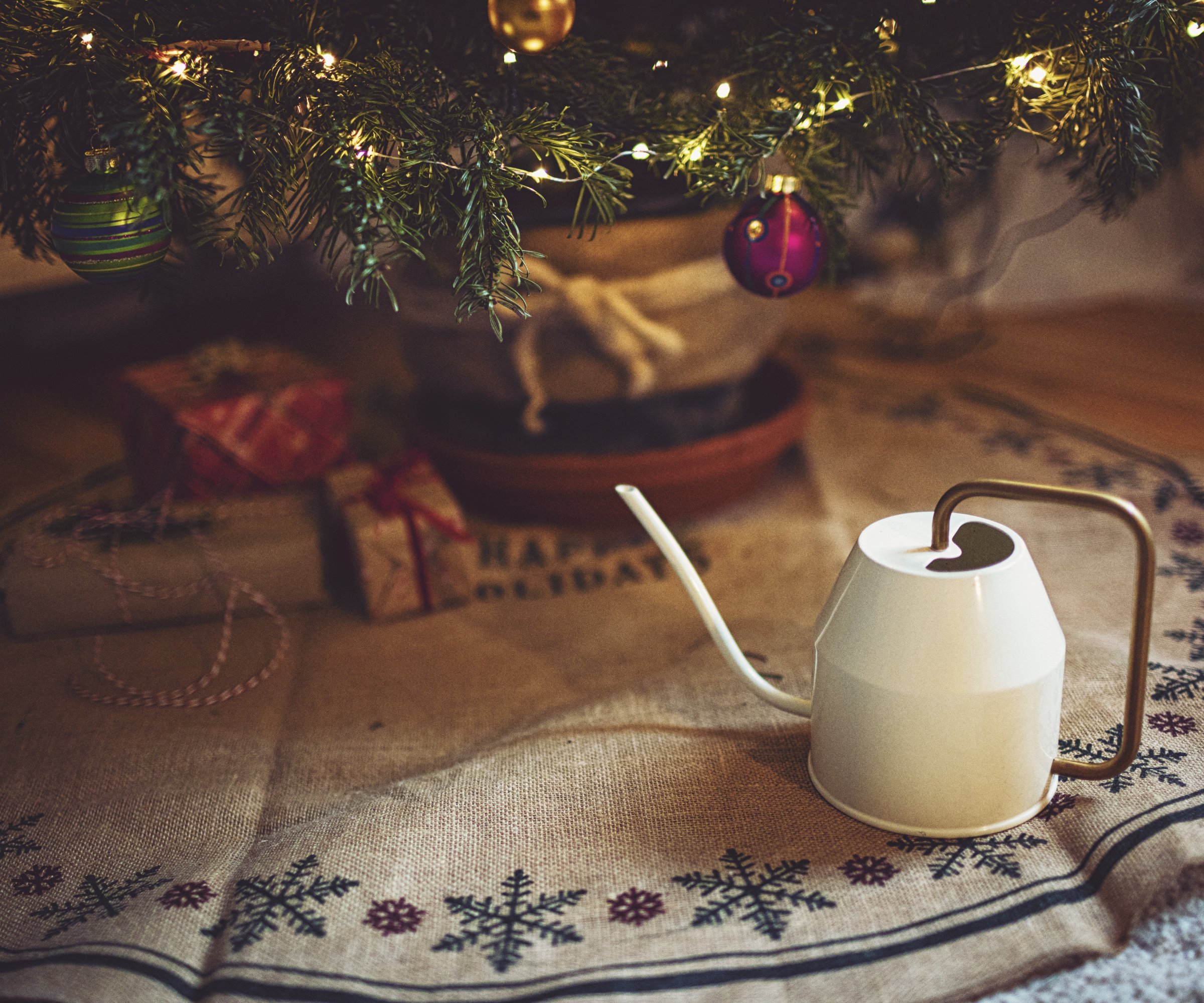
If the stand runs dry overnight, the tree is able to drink less, and needles brown from base up. The tinder stack grows silent. The water you forget is the barrier you lose. A six-foot tree needs a full refill every morning – skip it a couple of times, and the lower third turns to straw. A good stand that holds water like this one from Amazon can help drastically.
Sign up for the Gardening Know How newsletter today and receive a free copy of our e-book "How to Grow Delicious Tomatoes".
How to Reduce the Risk of Fire
Planning beats panic. A fresh tree, smart setup, and daily checks are key. One weak link in the chain can burn the whole season down.
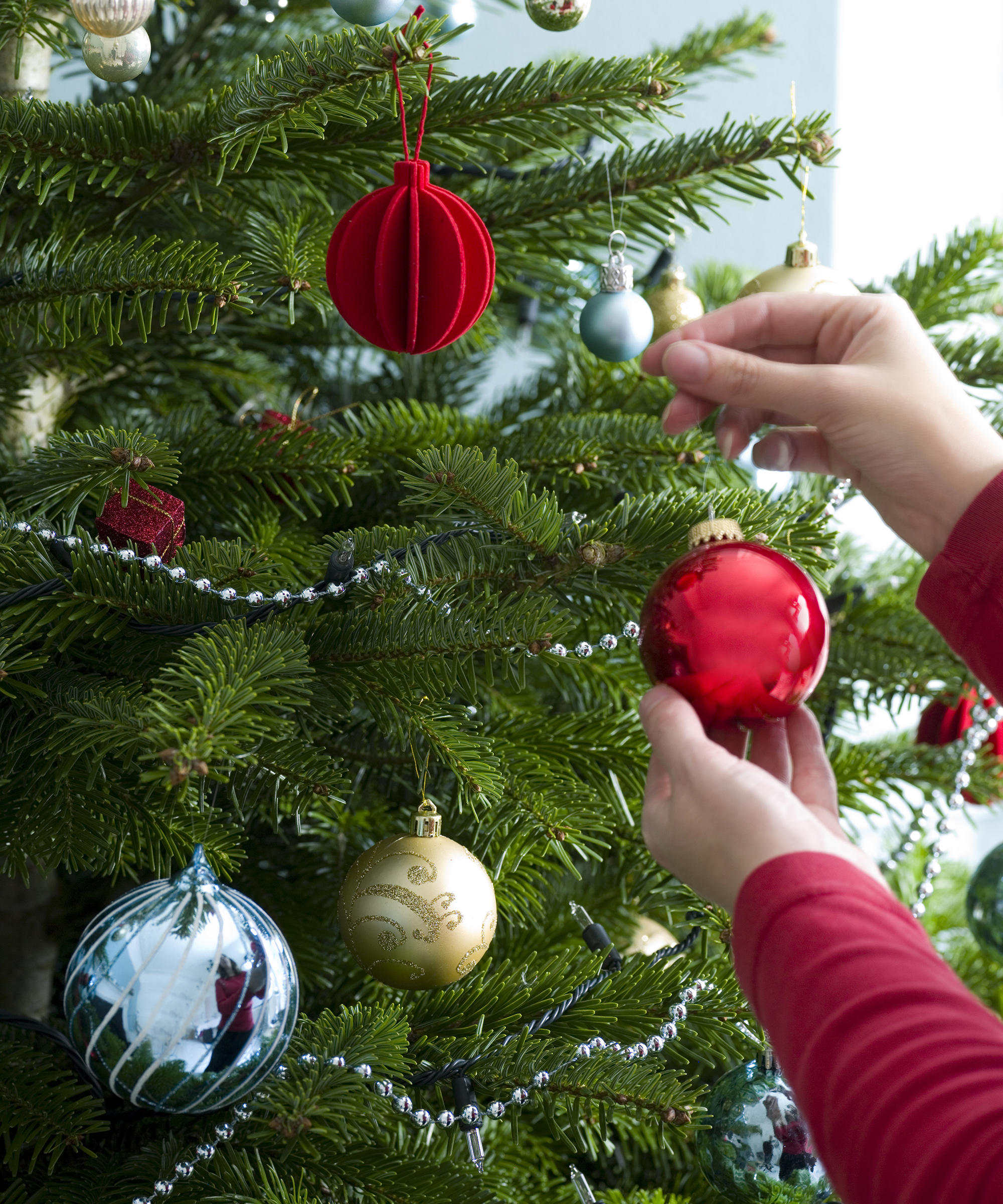
Choosing a Safe, Fresh Tree
Pick green, bendy needles, and a trunk sticky with sap, not slick. Drop it, and very few needles should fall. precut lots age fast, so skip bargains. A Christmas tree harvested from last week drinks like crazy; one fresh from this week can already be dehydrated. The sap should ooze just a little when you pinch a needle – proof it’s still alive and pulling water. Ask the lot when it arrived; anything over two weeks old is a gamble.
Setting Up Your Tree Safely
Saw the base to expose fresh wood about half-inch up. Make a straight cut with no angles. Your stand should hold gallon or more. Put it three feet from any fireplace, radiator, or vent. Secure tight – topple risks make things worse. LED string lights like these from Amazon run cool. It isn’t just decor – it’s your firebreak. Use a sturdy base with wide legs; a wobbly stand invites disaster when kids or cats brush past. Test the tree’s balance before decorating – anything that leans can fall, and falling trees drag cords and candles with them.
Watering and Daily Maintenance
Make sure to fill the stand morning and night. Room-temp tap with no additives is fine. Probe deep – the trunk drinks heavy the first days. Touch the needles – if they are crisp, hydrate them now. Unplug the lights when you’re out or asleep. A full reservoir buys you minutes when seconds count. Keep a pitcher nearby for quick top-offs; the tree can drain a quart in hours on day one. Run your hand along the trunk – if it’s cool and damp, you’re good; if it’s warm and rough, pour now.
When to Take it Down
January 6th marks Epiphany, the traditional end of the Christmas season when decorations come down. By then, most real trees are bone-dry, shedding needles like confetti and turning into fire hazards on curbs or in garages – fire departments see a spike in complaints right after the holidays. Toss it after four weeks max, or when needles pull easy and brown spreads – time’s up. When the shake test fails and water sits untouched, it’s time to dispose of your tree promptly. Making it a curb pile and not a house pile shrinks fire fuel.
January 6th isn’t just tradition – it’s usually the deadline before your tree becomes a public hazard. Strip the lights first. Then, roll branches in an old sheet to contain needles, and haul it out before the bark starts flaking like dandruff. You can even cut the trunk into logs for next year’s firewood – dry it outdoors, not in your garage where sparks still lurk.
Shop Christmas Tree Watering Solutions

Tyler’s passion began with indoor gardening and deepened as he studied plant-fungi interactions in controlled settings. With a microbiology background focused on fungi, he’s spent over a decade solving tough and intricate gardening problems. After spinal injuries and brain surgery, Tyler’s approach to gardening changed. It became less about the hobby and more about recovery and adapting to physical limits. His growing success shows that disability doesn’t have to stop you from your goals.

